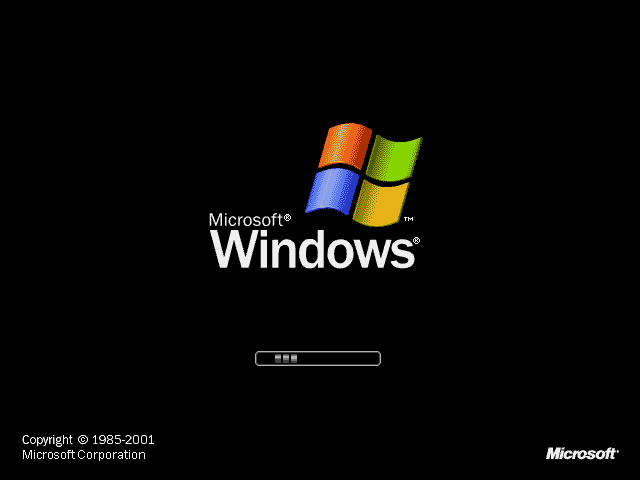
Before the release of Windows 2000 and Windows ME. To comprehend the development history, we must travel back to the late 1990s. Each one was compiled at a different stage in its development process, highlighting some of the changes that took place over time. This story will review six different builds of operating systems. As well as how Microsoft made the transition from MS-DOS. This article will give you a brief history lesson on the development process. At the time, most Windows versions relied on the version number or release year for their distribution, Windows XP gets its name from the word experience. The name “XP” signified itself as something new. With it, Microsoft tried to simplify the Windows product line by placing Windows XP as the single release of Windows versions for both consumer, professional, and enterprise editions. It overhauled the visual aspect replacing the Windows traditional themes with the new Luna Theme as many of you are familiar with. This was an end to the MS-DOS-based Windows 9x era. It introduced a more stable Windows NT Kernel to home users for the very first time. Its release marked the beginning for both Microsoft and end-users as one.

It was that year when the world saw the introduction of Windows XP. A time when just over 50% of Americans used the internet. Back in 2001, when Twitter, Instagram, and various social media platforms weren’t around.

When composing this article, I used VirtualBox to review the operating systems that are mentioned in this story. Usually, I’ll upload content like this on my personal platforms, but I’ve decided to go into depth on how my passion started with the environment I was familiar with at that time. However, when I received a message on my Instagram asking about my passion for IT, I was certainly open to the idea of discussing some topics. Garcia, Editor in Chief 2021-2022Īs a writer for my school newspaper, The WestSide Story, most of my articles consist of politics.


 0 kommentar(er)
0 kommentar(er)
